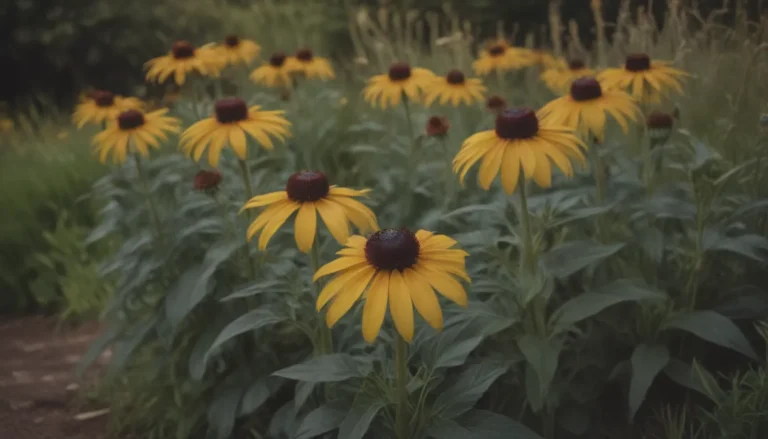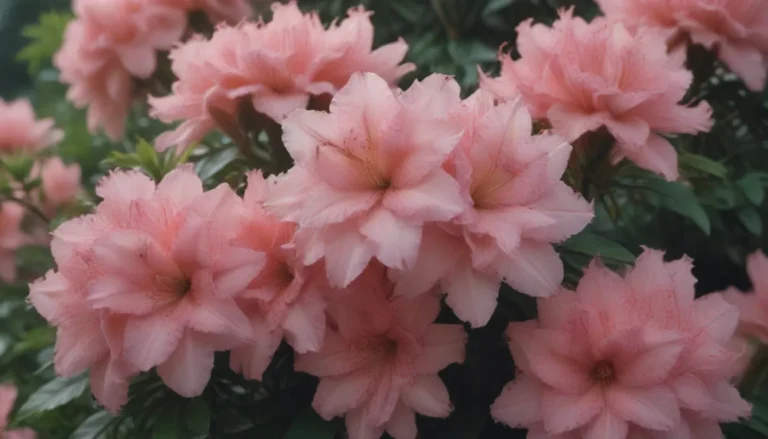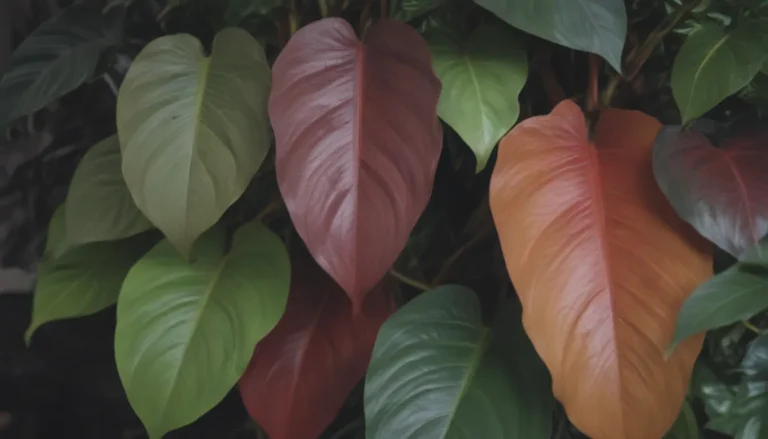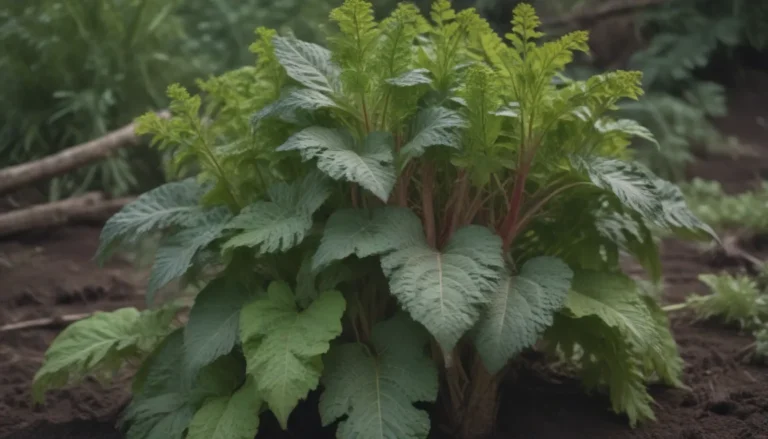The Ultimate Guide to Growing and Caring for Manjula Pothos
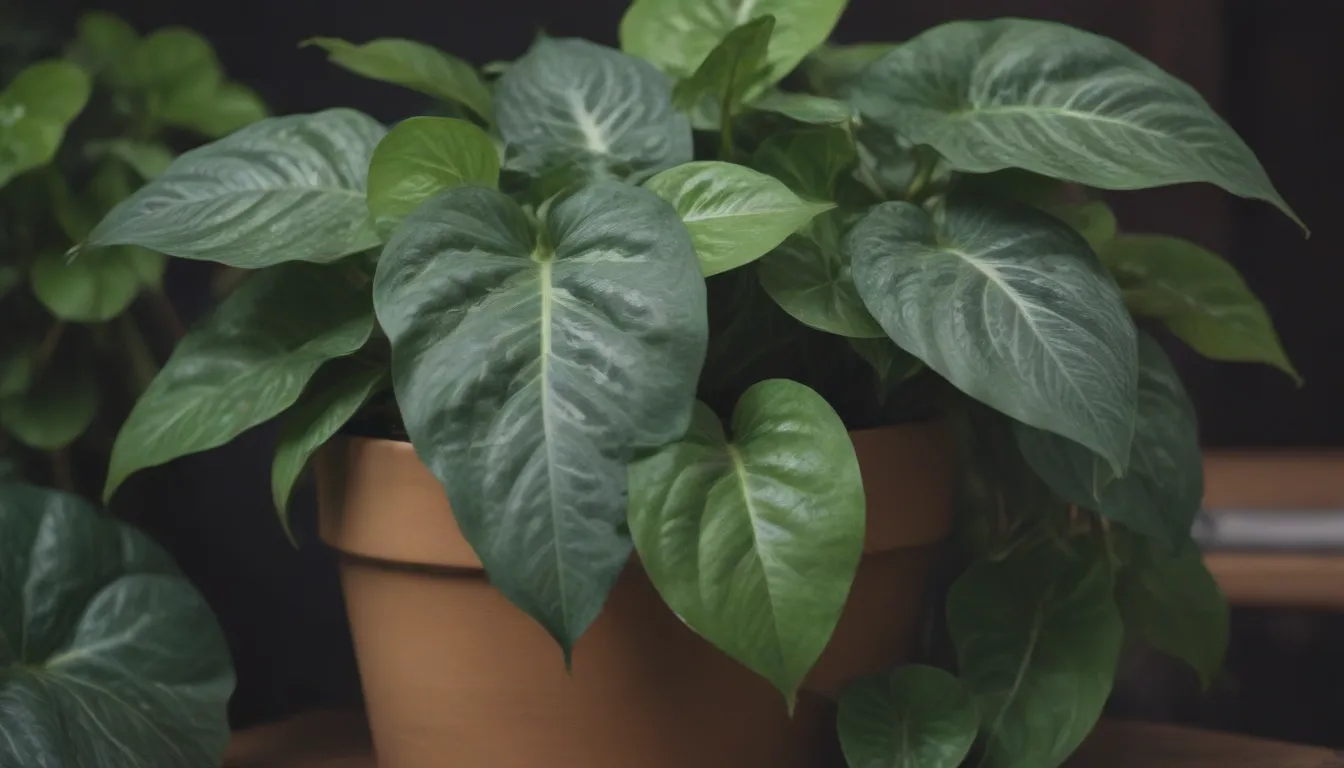
Are you looking to add a touch of vibrant color to your indoor plant collection? Look no further than the stunning manjula pothos! With its large, heart-shaped leaves featuring a beautiful variegation of white, green, and cream, the manjula pothos is sure to stand out in any space. In this comprehensive guide, we will explore everything you need to know about growing and caring for this eye-catching plant.
Introduction to Manjula Pothos
The manjula pothos, a cultivar of Epipremnum aureum, is a popular choice among plant enthusiasts for its striking appearance and ease of care. This low-maintenance, vining houseplant thrives in bright, indirect light, moist but well-draining soil, and high humidity levels. However, it’s essential to note that the manjula pothos is toxic to both humans and pets if ingested.
Main Care Requirements for Manjula Pothos
When it comes to caring for your manjula pothos, you’ll be happy to know that it’s relatively easy and similar to caring for the standard golden pothos. Here are the primary care requirements you need to keep in mind:
Light
- Manjula pothos can adapt to various lighting conditions but avoid direct sunlight that can harm the delicate leaves.
- Aim for bright, indirect light to maintain the white variegation in the leaves.
Soil
- Plant your manjula pothos in a loamy, well-draining potting mix.
- Consider adding extra perlite to enhance drainage.
Water
- Allow the top 2 to 3 inches of soil to dry out between waterings before watering thoroughly.
- Manjula pothos are resilient and can tolerate occasional neglect when it comes to watering.
Temperature and Humidity
- Standard household temperature and humidity levels are suitable for manjula pothos.
- Provide additional humidity for vigorous growth, especially in humid environments like bathrooms or kitchens.
- Avoid exposure to cold drafts in the winter.
Fertilizer
- While not necessary, regular feeding with a balanced liquid fertilizer during the growing season can promote healthy growth and variegation.
Pruning and Propagating Manjula Pothos
As your manjula pothos grows, you may need to prune to maintain its shape and encourage new growth. Here’s a guide on pruning and propagating your manjula pothos:
Pruning
- Trim long, leggy vines with sharp, clean scissors to stimulate new growth points and create a bushier plant.
- Propagate cuttings to make new plants or plant them back in the same pot as the host plant.
Propagating
- Easily propagate your manjula pothos using stem cuttings to create new plants and encourage fuller growth.
Potting and Repotting
While manjula pothos can tolerate being root-bound to a certain extent, eventually, it will need repotting. Keep an eye out for signs such as roots growing out of the bottom of the container or peeking out of the soil. When repotting, choose a slightly larger pot with good drainage and fresh potting soil.
Common Pests and Plant Diseases
To keep your manjula pothos thriving, it’s essential to watch out for common pests and diseases that can affect your plant’s health:
- Common houseplant pests such as mealybugs, scale, fungus gnats, and spider mites can infest your plant.
- Treat infestations with insecticidal soap or neem oil promptly to prevent further damage.
- Watch out for root rot, specifically Phytophthora root rot, caused by overly moist conditions or overwatering.
Troubleshooting Common Issues
While manjula pothos plants are generally low-maintenance, they can experience problems under certain conditions. Here are some common issues and how to address them:
Yellow Leaves
- Yellow leaves can be a sign of disease, root rot, or insufficient light.
- Ensure your plant receives adequate bright, indirect light to prevent yellowing.
Brown Leaves
- Brown leaves may indicate a lack of water or low humidity.
- Increase humidity levels around the plant and adjust watering frequency as needed.
Drooping Leaves
- Wilting and drooping leaves signal that your plant is thirsty.
- Water thoroughly to revive your plant, ensuring it bounces back quickly.
Interesting Facts About Manjula Pothos
- Manjula pothos has patchy variegation with white, cream, and dark green colors, distinguishing it from other pothos varieties.
- It has a moderate growth rate, faster than marble queen pothos but slower than golden pothos.
- With proper care, manjula pothos can live up to 10 years or longer, making it a long-lasting addition to your indoor garden.
In conclusion, the manjula pothos is a beautiful and low-maintenance plant that can brighten up any indoor space. By following the care tips outlined in this guide, you can ensure that your manjula pothos thrives and continues to delight you with its vibrant foliage for years to come.
Remember, with a little love and attention, your manjula pothos will reward you with its stunning beauty and easy-going nature. Happy growing!


